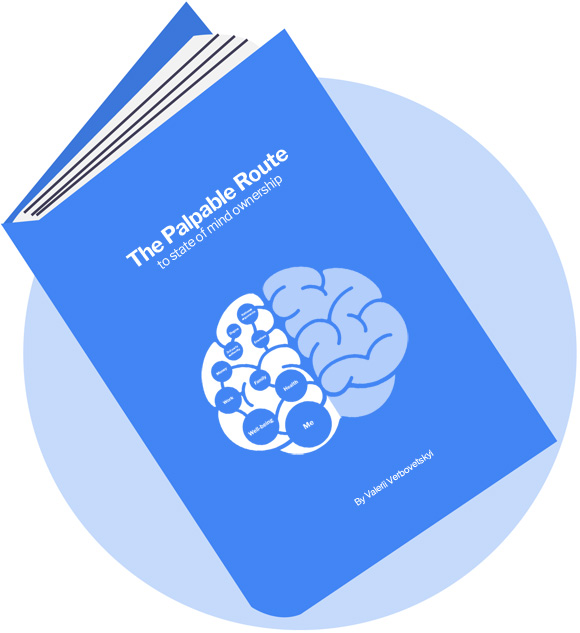Conflict resolution starts from within. With a simple state of mind check. Are we in shape for finding a solution? Or mentally forcing the opponent to capitulate? Preemptively wishing them misfortunes for opposing us in the first place… or fearing undesired outcomes.
If we feel the agitation is there, our mind is restlessly mulling over scenarios… It might be worthwhile taking a time out.
Dysfunctional negotiating skills

Destructive emotions undermine our ability to reason, listen and hear other people, empathize, communicate or persuade. It is hard to remain creative and see the full picture when we are ablaze with a single desire to crush the other party. Or afraid of them crushing us.
Let’s also consider the contagious nature of emotions, put ourselves in the shoes of our “opponent”: would we be willing to cooperate, share and look for win-win with a person who’s obviously angry with us, implicitly wishing to control or harm our interests? Not likely.
Power of presence
The good news about emotional contagion is if we are genuinely balanced and compassionate, it is much easier for the “opponent” to tune in, cool off and become reasonable too. It takes becoming balanced full-time though. One cannot indulge in destructive emotions 24/7 and then suddenly suppress them at will to win an argument.
Faking caring
Faking “caring” for the interests of others, “compassionate”, “friendly” attitude normally makes things worse. The effort to suppress adverse emotions and demonstrate “kindness” increases tension. If recognized, it will further undermine credibility. If provoked, it may lead to an outburst.
Mutual emotional predispositions
If we confront someone prone to fear or anger like we are, a resonance is what usually follows. Agitation amplitude increases for both. Hence, extra precautions, monitoring, and mitigation strategy might be required when dealing with a mirroring person. Especially, if there is a history of prior arguments.
Digital communications
Are no different. Same rules apply when we confront someone digitally. Obviously, the sensory inputs are limited to text and digital means. But the last mile of its interpretation and our further response is us. Or our emotional “black box”.
“Winning” the argument
The person with a lesser emotional agitation usually has higher chances of “winning” the argument.
“He will win who, prepared himself…”, Sun Tzu
Preparation is the key. If we find ourselves ablaze in the middle of a heated argument… Our chances to use any clever advice or tip for “successful conflict resolution” are minimal. Considerable mind training is required for each specific context that triggers our destructive responses. So conflict resolution skills are functional in challenging circumstances.
 Example: client complaint at work
Example: client complaint at work
An example of a non-real time, not in person case we can use as a training exercise. We receive an email with a client complaint about our work. If all we feel is a wave of outrage about their ridiculous claims magnified by our fear of losing the client, job, etc… Making us draw the imaginary sword and put on shiny armor either to defend our dignity or attack the people responsible… Well, it might be worthwhile to count to 10 before responding or better still, if possible, take the time to tackle the emotion first. If we are successful, the email might present itself in a totally different light. The quality of our response goes without saying…
A minute of mindfulness

What would we see in this situation if we took a look inside?
Why did we get offended, feel unfairly treated? Did the client actually attack us? Or was it our reaction to anyone claiming our work was imperfect? Even if the client did cross the line… Is it a sufficient cause for our emotional response? Is there an unhealthy habit to consider and work with? How do we usually respond to criticism? Or maybe there is a conflict debt with the client to clear?
Sometimes, for insubstantial issues, just locating the source of a destructive emotion brings it to dissolution. However, if the unwanted state of mind persists, it might require additional effort. Not that we normally have time for mindful exploration and reframing in the middle of a busy working day… But even post-factum processing of heated arguments is a way to make the next ones more reasonable.
This post an abstract from the book coming in 2019.

